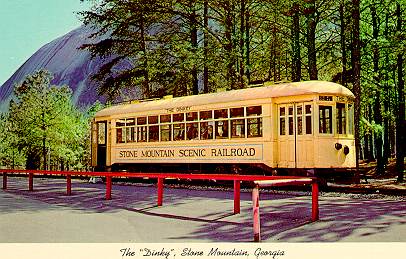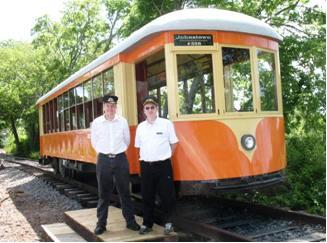Having been in Galveston recently, I noticed the trolley tracks and did some research on it. Apparently it has not run since 2008, and there are plans for it (or were before this unreal storm) to open again in 2018.
Anyway, what was interesting to me was they ran on diesel, rather than electricity. Did any other trolley or interurbans run on non electric sources (not talking horse cars or cable cars like SF) or still run on them? All the trolleys I have ever read about or seen used some sort of electric power. Obviously, not having the overhead wire probably leads to lessened maintenance costs and also is less of an eyesore, but did any other trolley system go this route and/or still run this way?




